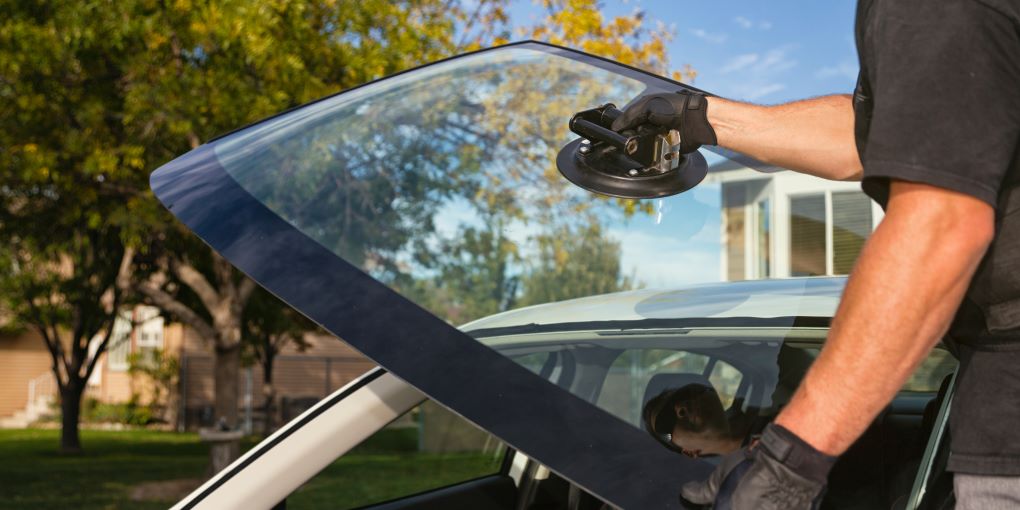In recent years, outdoor living spaces have become an essential part of modern homes. Whether you have a sprawling backyard or a cozy balcony, creating the perfect outdoor living space can enhance your quality of life, increase your home’s value, and provide a serene retreat for relaxation and entertainment. In this guide, we’ll walk you through the steps to design an outdoor living space that’s both functional and aesthetically pleasing, while also optimizing it for SEO to help you reach a wider audience.
1. Define Your Purpose and Vision
Before diving into design, ask yourself: What do I want to use this space for? Your outdoor living space could serve as:
- A dining area for family meals
- A cozy lounge for relaxation
- An entertainment hub for hosting guests
- A garden oasis for gardening enthusiasts
2. Choose the Right Furniture
Furniture is the backbone of any outdoor living space. Opt for durable, weather-resistant materials like teak, aluminum, or all-weather wicker. Consider the following:
- Comfort: Add plush cushions and throw pillows for a cozy feel.
- Functionality: Modular furniture works well for flexible layouts.
- Style: Match your furniture to your home’s aesthetic—modern, rustic, or bohemian.
3. Incorporate Shade and Shelter
Protect your outdoor space from the elements by adding shade solutions. Popular options include:
- Pergolas: Perfect for a stylish, semi-covered area.
- Umbrellas: Portable and easy to adjust.
- Awnings: Ideal for permanent shade.
- Gazebos: Great for creating a focal point.
4. Add Lighting for Ambiance
Outdoor lighting transforms your space into a magical retreat after sunset. Consider:
- String Lights: Create a warm, inviting atmosphere.
- Lanterns: Add a rustic or bohemian touch.
- Solar Lights: Energy-efficient and easy to install.
- Spotlights: Highlight key features like plants or water features.
5. Incorporate Greenery and Landscaping
Plants bring life and color to your outdoor living space. Depending on your climate and maintenance preferences, you can:
- Plant flowers, shrubs, or trees.
- Use potted plants for flexibility.
- Create a vertical garden for small spaces.
- Add a herb or vegetable garden for functionality.
6. Create Zones for Different Activities
Divide your outdoor space into functional zones to maximize usability. For example:
- A dining area with a table and chairs.
- A lounging area with sofas or hammocks.
- A cooking area with a grill or outdoor kitchen.
- A play area for kids or pets.
7. Add Personal Touches
Make your outdoor living space uniquely yours by adding personal touches:
- Decor: Use outdoor rugs, throw blankets, and decorative accents.
- Art: Hang weather-resistant art or sculptures.
- Water Features: Install a fountain or small pond for a calming effect.
- Fire Pit: Perfect for cozy evenings and roasting marshmallows.
8. Ensure Privacy
Privacy is key to creating a comfortable outdoor living space. Consider:
- Installing fences or privacy screens.
- Using tall plants or hedges as natural barriers.
- Adding curtains or drapes to pergolas.
9. Maintain Your Space
Regular maintenance ensures your outdoor living space stays beautiful and functional. Tips include:
- Cleaning furniture and decor regularly.
- Trimming plants and mowing the lawn.
- Storing cushions and accessories during harsh weather.


